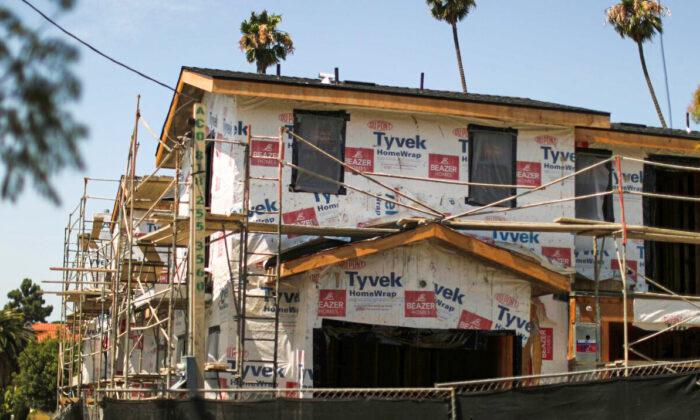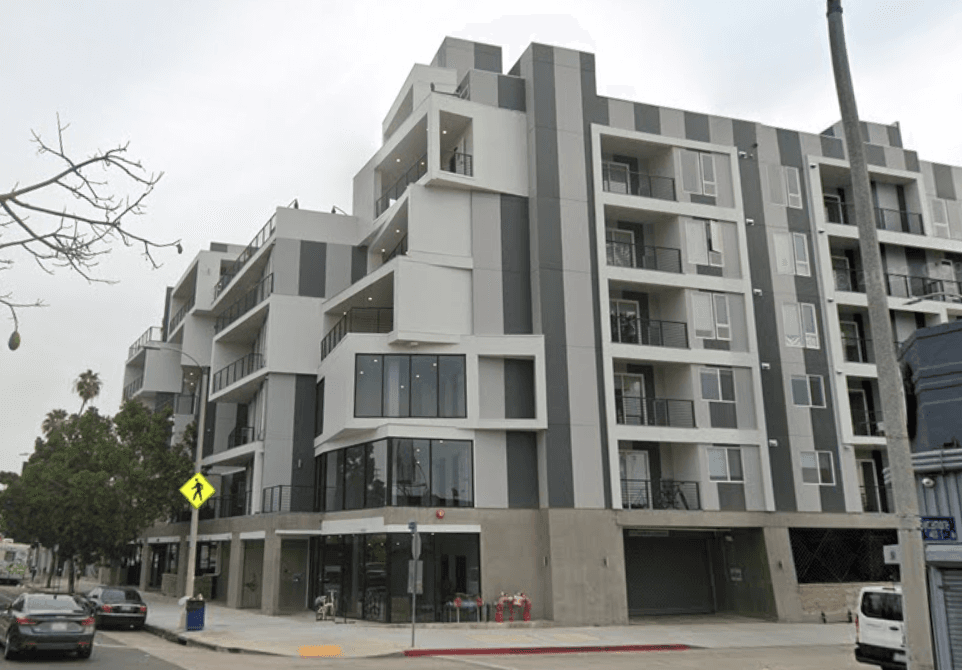Any California developer will tell you that the biggest impediment to new housing in the state are the onerous building codes and permit requirements. California’s are among the most onerous, requiring environmental impact reviews, soil reports, coastal commission reviews, energy efficiency requirements, design reviews, and workforce and procurement rules.
The hallmark of progressive leadership is to create a problem through overregulation or bad policy, and then propose solutions that require big government solutions. And never trust the free market to solve a problem. By way of example, Los Angeles and San Francisco created a homeless problem by not enforcing their no camping laws. Their solution is to build free, permanent government housing for all of the homeless campers. Similarly, California has driven up the cost of new housing through onerous building requirements, and now seeks to solve the housing shortage problem by giving billions in government subsidies for so called “low-income” housing.
This year’s state budget includes $17 billion for housing and homelessness programs. That amounts to almost $1,000 out of the pocket of each California taxpayer. Why so much? In part because of the exorbitant building costs.
Driving the cost is not just the onerous building regulations. To get the subsidies the government requires union workers. In addition, it requires a lot of red tape. As reported by the Los Angeles Times, a 2018 study by the U.S. Government Accountability Office found that 14 percent of the price tag for California’s affordable housing projects was made up of consulting fees and other administrative costs—the highest in the country and more than developers spend on the land itself.
Even the king of progressives, Governor Gavin Newsom, has complained about the number of hoops developers must jump through before getting building approval. “I’ve just had enough with TCAC and CDLAC and OPRs and CalVets and HCDs and CalHFAs,” the governor mockingly said, referring to various state departments involved in financing housing projects. He made no mention of the fact that it was his party that created this hodgepodge of departments.
Then you have the fact that the projects are not placed in the least expensive parts of the state, but rather in some of the most expensive. The three most expensive projects identified by the Los Angeles Times are located in the city of San Francisco. One project was planned for the surfside town of Solana Beach, also at a cost of over $1 million per unit.
Putting low-income housing in California’s most expensive real estate markets only makes sense if you look at it through the eyes of progressives. They see everything in terms of equity, i.e., equal outcomes. In their utopian dream there should no such thing as an unaffordable place to live. Just as they believe in open borders, i.e. permitting anyone in the world to freely cross our southern border and to come live in America, they believe that people should be able to live in the neighborhood of their choosing. If it is too expensive, the government will simply correct that by building low-income housing there.
We see the same mentality in Los Angeles in addressing the homeless problem. Rather than building temporary shelters in the least expensive parts of the city, L.A. builds permanent housing in the most expensive areas. One significant project is about a block from the beach in Venice, one of L.A.’s biggest tourist destinations. The Los Angeles City Council is also studying a proposal to convert a parking lot on the beach in Pacific Palisades, one of L.A.’s most beautiful beaches, into homeless housing.
The progressives’ reason that this is where the homeless currently live, so this is where the housing is needed. But naturally the homeless are there. We would all love to live in an oceanfront property. However, most understand they cannot and instead find a place to live in a more affordable area. They commit to working hard in hopes of moving up into a better neighborhood. Progressives would favor a lottery system, whereby all have an equal chance of living in the nicer neighborhood (provided, of course, that the lottery resulted in the proper representation of each minority and LGBTQ+ community).
If you do not live in California and are enjoying a good laugh at the expense of Californians, wait until you hear this. Your money is being used for this. According to the Los Angeles Times, California is using $1.75 billion in federal COVID-19 relief funds to help finance proposed low-income developments. Yes, California is taking your tax dollars, received from the federal government for the purpose of alleviating pain caused by the pandemic, and spending them on million-dollar apartments in expensive neighborhoods.
This is what “Build Back Better” looks like.





